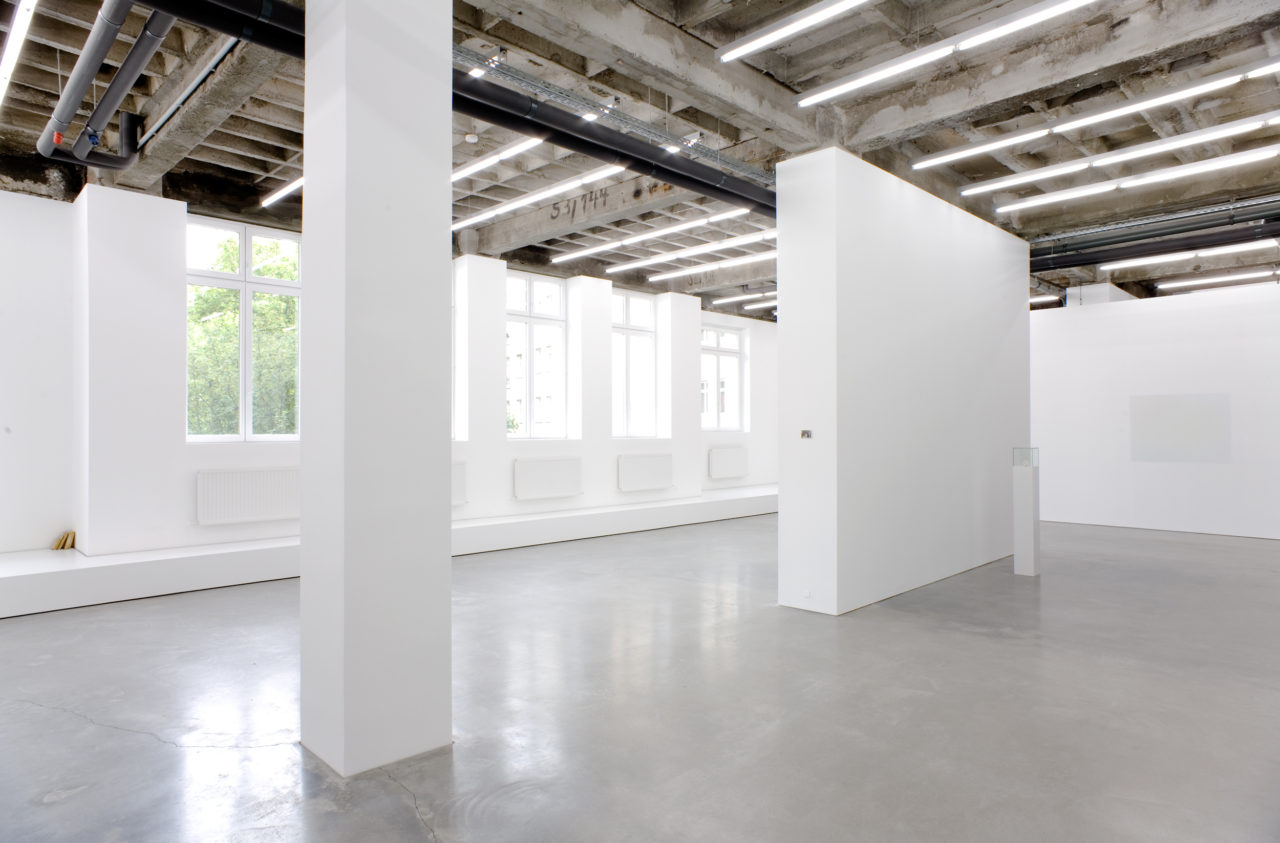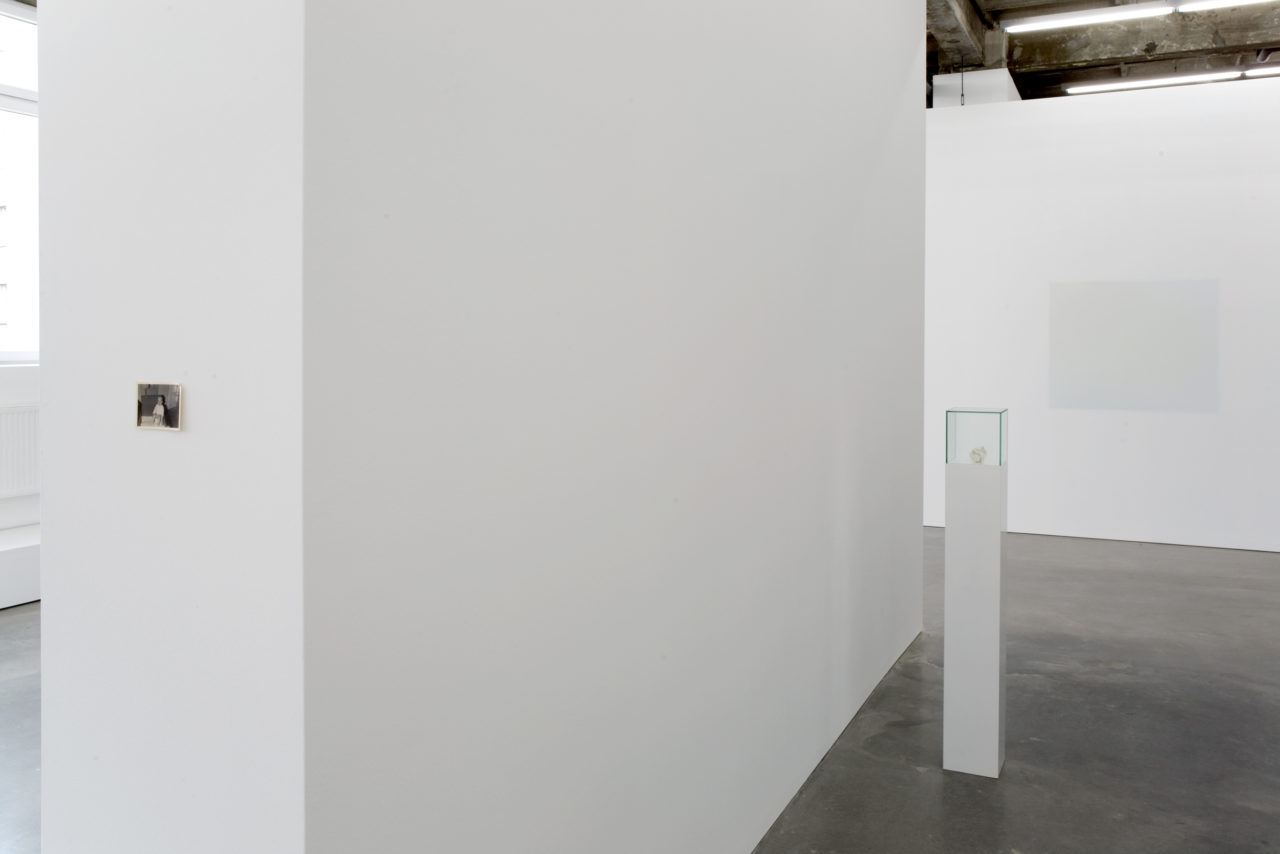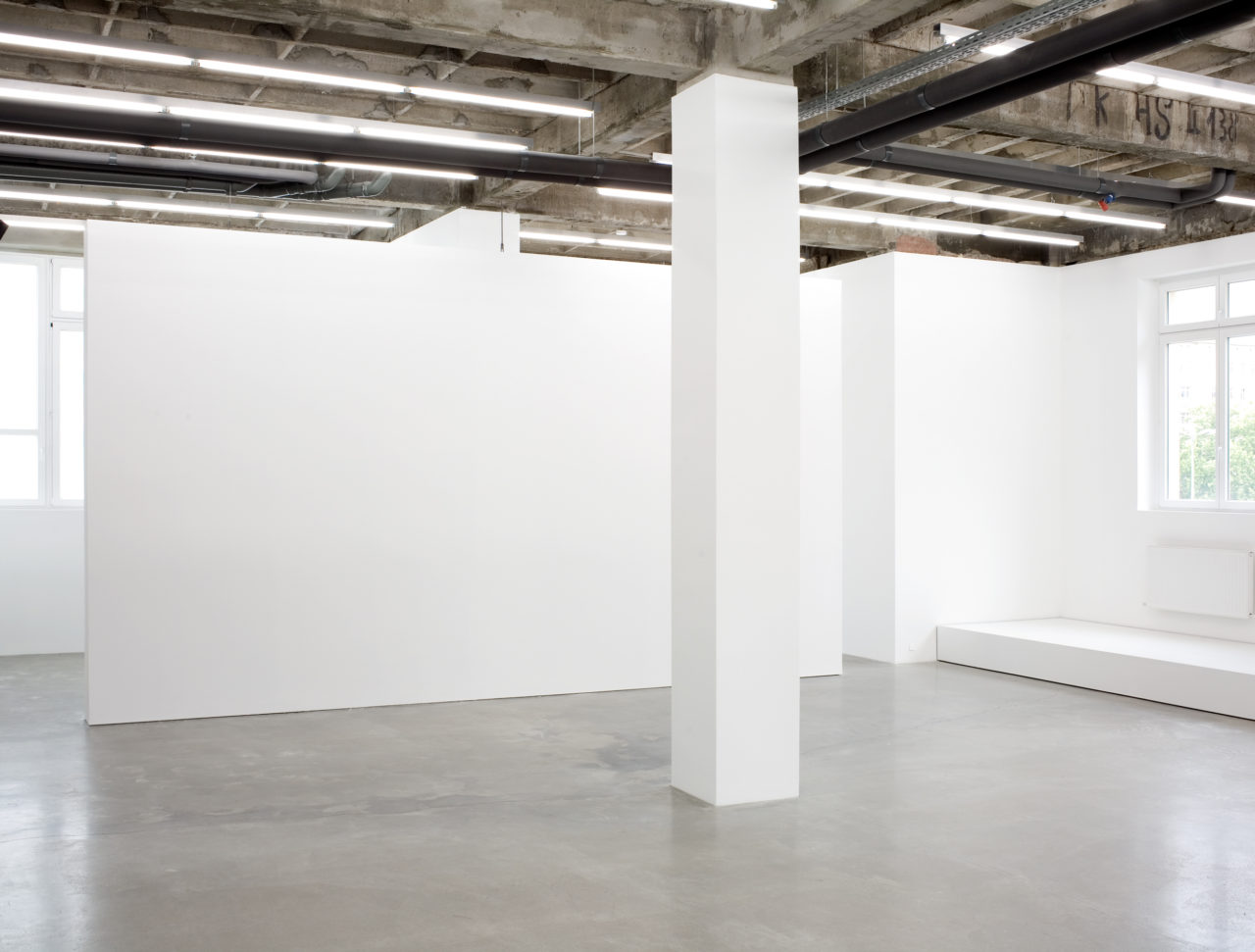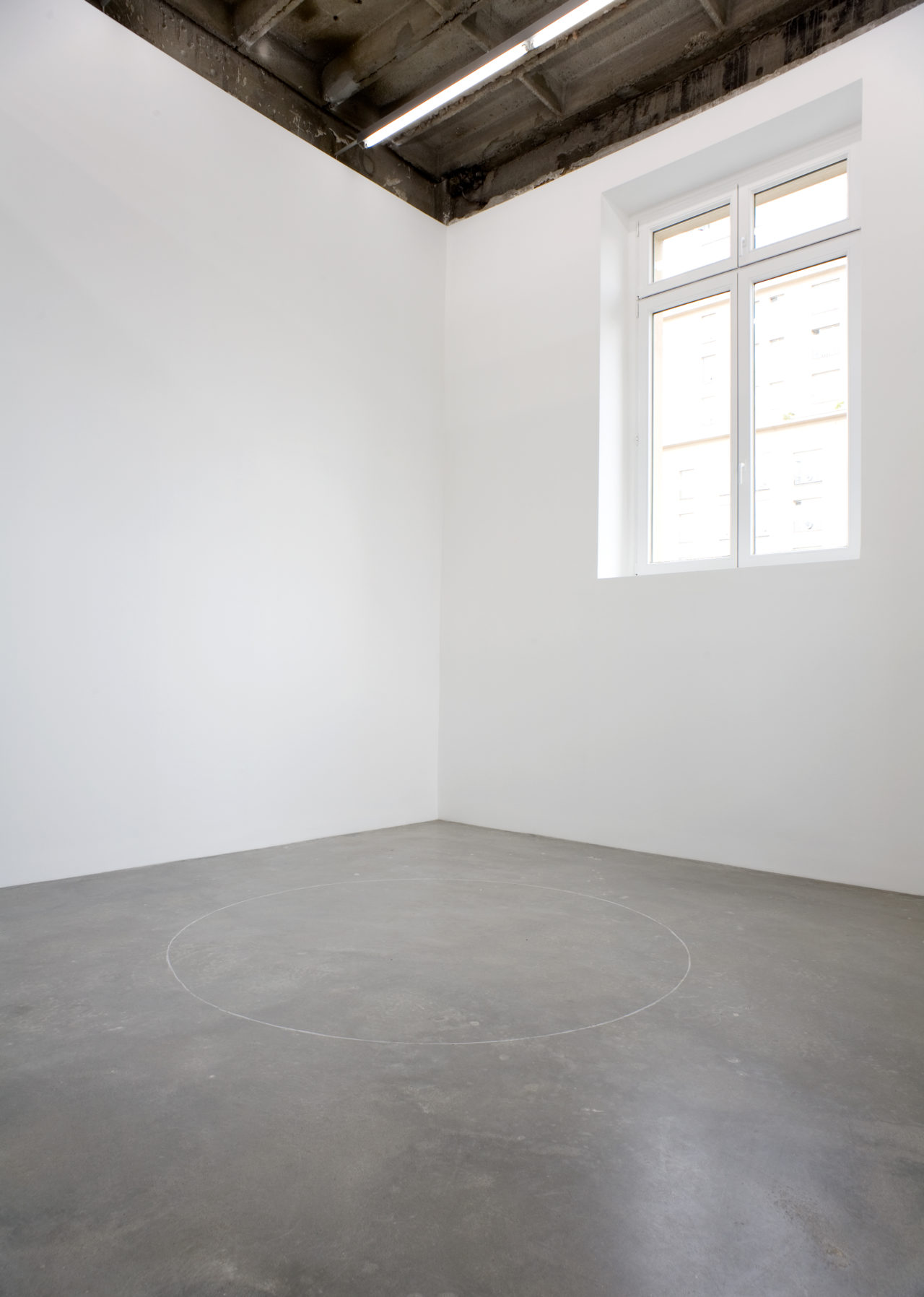With this exhibition, my aim is to use works from the collection to address the notion of reduction to the minimum. Quite disparate works are presented that had little to do with classical minimalism, but which instead addressed the topic playfully, revealing a broad range of artistic strategies.
One group of artists represents the formal aspect of reduction. An excellent example is Tino Sehgal, who avoids all written publication about his works. He has no reproductions of the works, no sales receipts, no written instructions. His work This is propaganda was shown, among other places, in the context of the Venice Biennale in 2003.
Formally, this radicalism could be compared to Martin Creed’s Work no. 218: A sheet of paper crumpled into a ball. While this simple work is self-explanatory, its fundamental statement certainly makes it a meaningful one.
Circle on the floor by Ian Wilson from 1968 is also rather fundamental in nature. It is the last work of the artist that may be visually understood as a work of art. For Wilson it signaled closure to an ongoing search for ever more abstraction. In the forty years following the piece, Wilson’s only work of art was leading public discussions.
Haegue Yang with her Illiterate leftovers faxed blank pages to friends and acquaintances, which were then faxed back to her. This process is visible only through the identification numbers on the fax. The work Whatever being A4 is a simple but very poetic wall piece. A standard DIN A4 page emerges from the wall, thus becoming sculpture.
Three works by Jonathan Monk are included in the exhibition, including a small found photograph of a baby sitting on a potty: A bit of matter and a little bit more; a postcard marked with a pencil line, whose meaning becomes clear only through the instructions for its installation: My height in HB pencil; and ten brass blocks in the form of famous artist books: 4 Sol LeWitts, 3 Ed Ruschas, 2 Lawrence weiners and a Robert Barry. Their comprehension is impossible without the originals.
There are two reasons why the work There is enough magnesium in the human body to take a photograph by Jan Timme fits in the show. The first is the meaning of the text itself; the second is that in order to produce the respective photograph, the text was mounted on the exhibition wall, photographed and then removed. Only the photograph of the wall piece is displayed.
David Lieske’s work is about the light that occurs in a room when the window is brushed with buttermilk – a technique that many classical painters have used in order to create a particular atmosphere.
Upon close observation, Gebrauchsbild (everyday picture) by Karin Sander reveals minimal traces of moisture. For the last few years, it was hanging in our bathroom.
The calendar by Andreas Slominski, on loan from Ingeborg Winsowski, no longer has any pages and thus leaves no clue to its earlier function. At the same time, the work is a melancholic commentary on transience.
In the 1960’s, Michael Asher declared an empty gallery wall to be a work of art, photographed it and reproduced this in a catalog. The wall piece by Scott Lyall that is included in the show is the reproduction of this white catalog page (again on a gallery wall). The marks of time are naturally visible on the exhibited wall piece.
Jens Haaning creates a different kind of temporal shift. His watch Bagdad time is set two hours ahead, transporting us to Bagdad.
From Morgan Fisher, one of the most important structuralist filmmakers of the 1960’s, presents a mirror, whose dimensions reflect those of the classic European feature film: The aspect ratio pieces European Standard Widescreen 1.66:1 transforms the viewer into an actor.
A series by Peter Piller consists of his Bürozeichnungen (office drawings), in which he comments on daily life working in an advertising agency and his co-workers’ conversations. For less I selected the only drawing that does not include an illustration. The text speaks for itself: Manche sagen, die Wohnung des Chefs sei ganz in weiß eingerichtet.” (some say that the boss’s apartment is done up all in white.)
Axel Haubrok
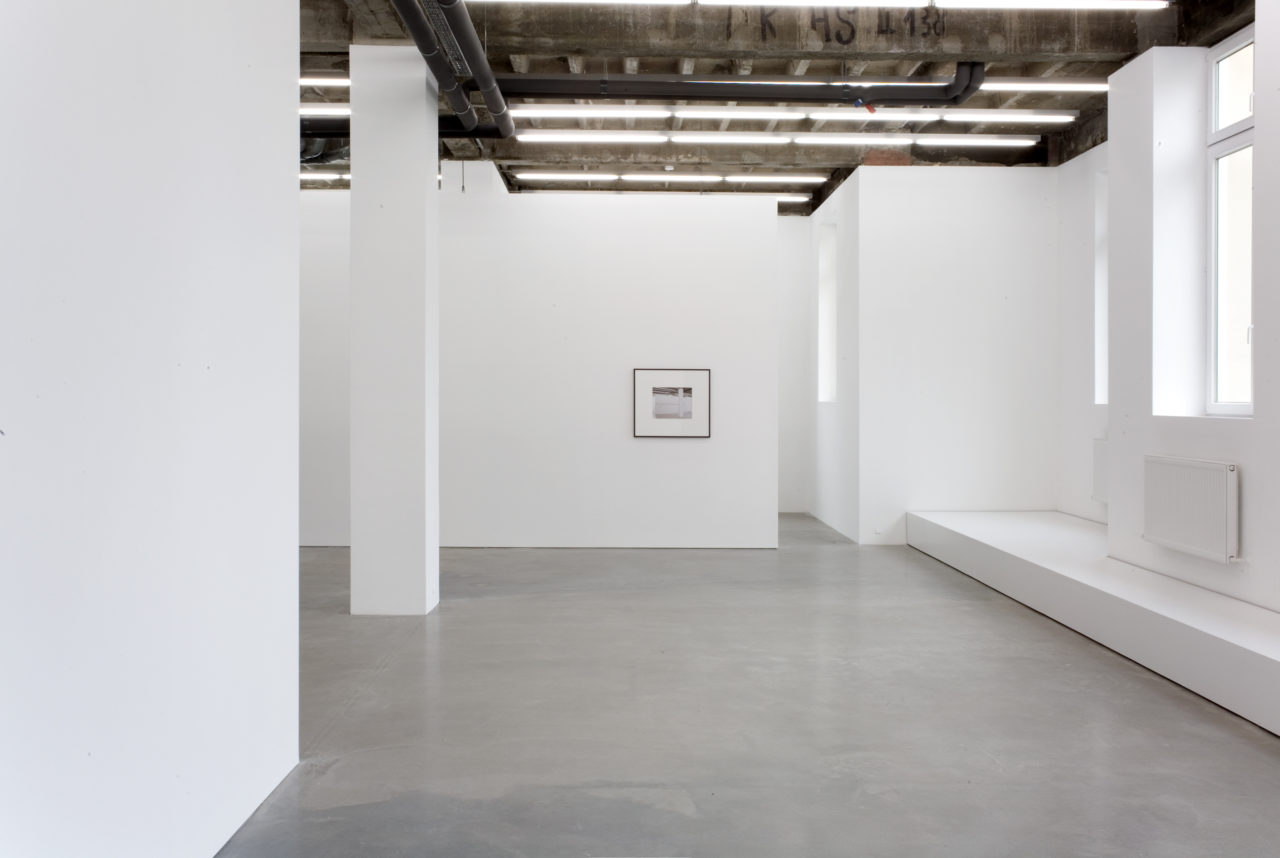
There is enough magnesium in the human body to take a photograph (installation shot), 2005
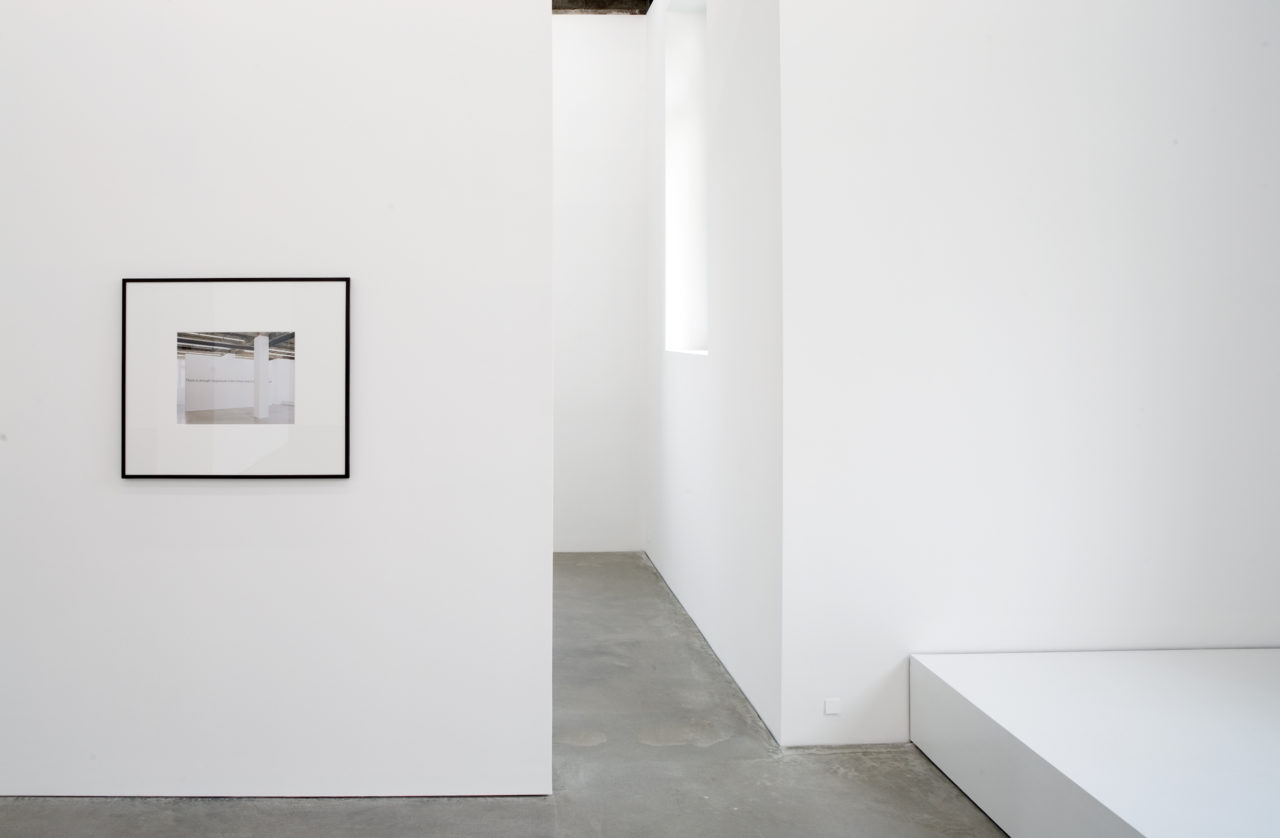
There is enough magnesium in the human body to take a photograph (installation shot), 2005
Circle on the floor, 1968
List of works
Martin Creed
Work no. 218: A sheet of paper crumpled into a ball, 1999
Morgan Fisher
The aspect ratio pieces European Standard Widescreen 1.66:1, 2004
Jens Haaning
Bagdad time, 2005
David Lieske
Case arse (Neon), 2004
Scott Lyall
Pedagogical fidelity, 2004–2007
Jonathan Monk
4 Sol LeWitts, 3 Ed Ruschas, 2 Lawrence Weiners and a Robert Barry, 2007
Jonathan Monk
My height in HB pencil, 2002
Jonathan Monk
A bit of matter and a little bit more, year unknown
Peter Piller
Man sagt, die Wohnung des Chefs sei ganz in weiß eingerichtet, 2000
Karin Sander
Schokoladenbild (Vorzugsausgabe für das Cahier 011), 2008
Karin Sander
Gebrauchsbild, 2005
Tino Sehgal
This is propaganda, 2001
Andreas Slominski
untitled, 1990
courtesy Ingeborg Wiensowski, Berlin
Jan Timme
Installation shot, there is enough magnesium in the human body to take a photograph, 2005
Ian Wilson
Circle on the floor, 1968
Haegue Yang
Whatever being A4, 2006
Haegue Yang
Illiterate leftovers, 2004
